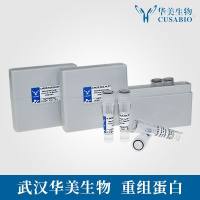Endoplasmic Reticulum-Associated Protein Quality Control and Degradation: Genome-Wide Screen for ERAD Components
互联网
互联网
相关产品推荐

抗核抗体(ANA-SCREEN)检测试剂盒(酶联免疫法)
¥6500

Coronavirus Nucleocapsid重组蛋白|Recombinant SARS-CoV-2 Nucleocapsid-AVI&His recombinant Protein,Biotinylated
¥4520

Recombinant-Saccharomyces-cerevisiae-Uncharacterized-endoplasmic-reticulum-membrane-protein-YJR015W-YJR015WUncharacterized endoplasmic reticulum membrane protein YJR015W
¥13314

Protein Quantification Kit, wide range(C5075)-100T/500T
¥200

Recombinant-Pea-enation-mosaic-virus-1-Protein-P1ORF1Protein P1 Alternative name(s): Genome-linked protein precursor ORF1 protein Cleaved into the following 3 chains: 1. Serine protease EC= 2. 3.4.21.- 3. VPg 4. P1-C25
¥10710
相关问答
推荐阅读
Endoplasmic Reticulum-Associated Protein Quality Control and Degradation: Screen for ERAD Mutants After Ethylmethane Sulfonate Mutagenesis
Reconstitution of Endoplasmic Reticulum-Associated Degradation Using Yeast Membranes and Cytosol
Reticulocyte Lysate as a Model System to Study Endoplasmic Reticulum Membrane Protein Degradation

